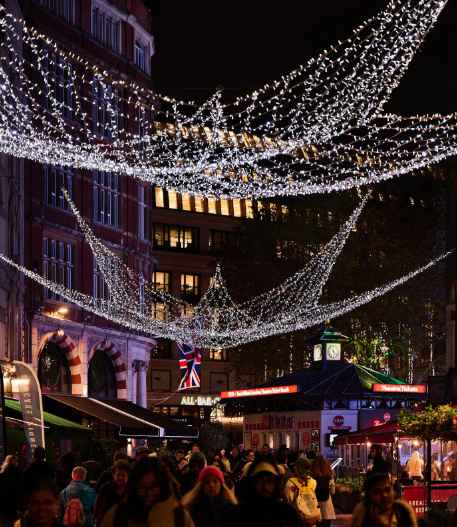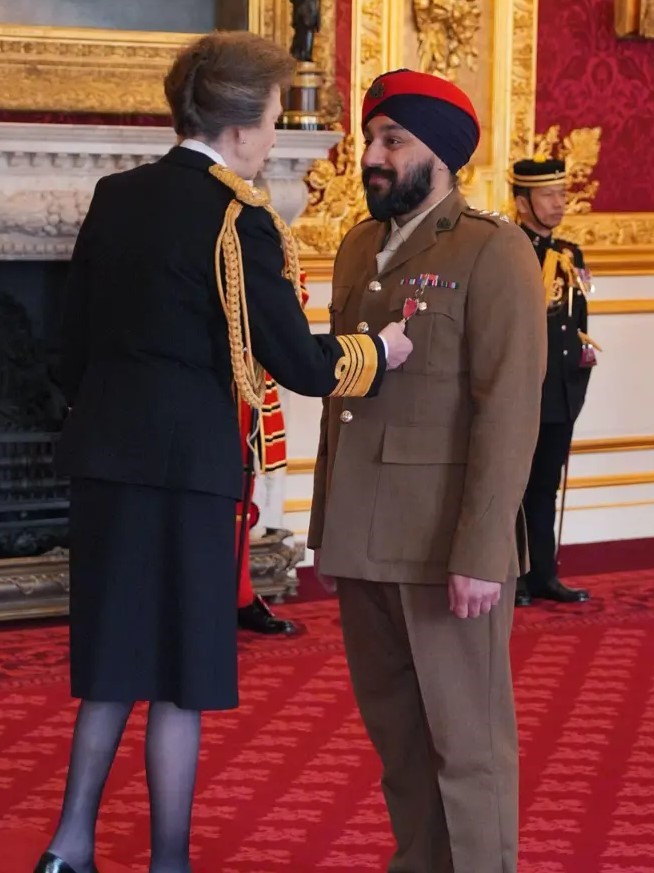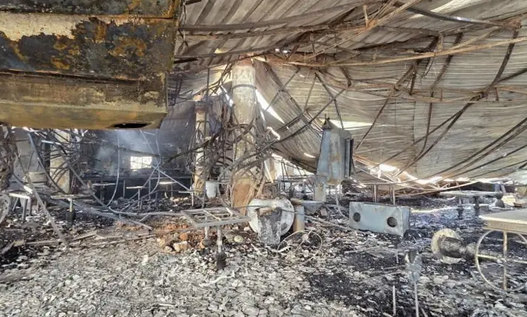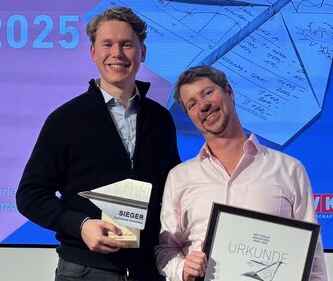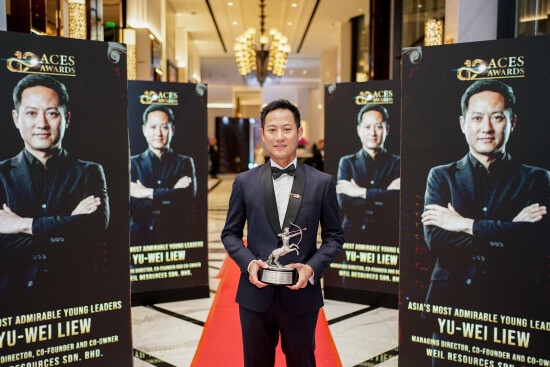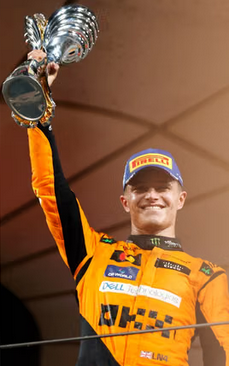The wonder of science and engineering is being demonstrated today with a photography exhibition the likes of which the world has never seen before: one where all of the photographs are invisible. Opened by The Big Bang Fair, Dotography: The World’s First Invisible Photography Exhibition is a gallery of printed images so small that they are totally invisible to the naked eye, and can only be seen through a special microscope.
The microscopic pictures at the gallery were all created using state-of-the-art nanotechnology from engineers at Scrona. The company employs a gold nanoparticle printing process that enables them to print super-sharp and detailed pictures to an astonishingly small scale: comparable to the diameter of a single human hair.
Upon entry to the exhibition in Birmingham, visitors could be forgiven for thinking they are looking at dozens of empty photo frames. But once armed with a hi-spec handheld microscope that clips onto the back of a regular smartphone, visitors will find a world of miniaturised photography open up in front of their eyes.
The unique photography exhibition has been designed by The Big Bang Fair to inspire young people to consider a future in STEM. The gallery allows these youngsters to witness ground-breaking developments first-hand (thanks to the invisible tech) and gain a greater appreciation of the ordinary and extraordinary roles that STEM plays in our lives (thanks to the subject of the photographs).
Among the 22 pictures on display throughout the gallery space are a number of iconic photographs that celebrate landmark moments from the world of STEM: including Marie Curie at work in her laboratory in 1900, Albert Einstein with fellow theoretical physicist J. Robert Oppenheimer in 1950 and Neil Armstrong taking mankind’s first ever steps on the Moon in 1969
In addition to the historic STEM milestones, the gallery features a number of original submissions depicting the wonder of STEM in our everyday lives. These images were taken by people in the STEM community, school students and celebrities with a penchant for the world of science and engineering. Among the submissions is an image from The Great British Bake-Off finalist and engineer Andrew Smyth (who supplied an image of a Rolls Royce jet engine cake), wildlife expert Liz Bonnin (a picture of a Galapagos fern), and actors Ben Miller (a picture of his child’s Lego engineering skills) and Lucy Porter (a baby bump selfie).
Beth Elgood, Director of Communications at EngineeringUK, organisers of The Big Bang Fair, said: “Our invisible photography exhibition sets out to inspire younger generations and show how the power of science can be harnessed to create a truly novel experience that is unlike anything that’s come before it. Inspiration is at the heart of The Big Bang Fair, where young visitors, their teachers and parents have the chance to get hands-on with engaging STEM activities, workshops and shows and discover where science, technology, engineering and maths could take them in the future.”
Martin Schmid, Chief Information Officer at Scrona, commented: “It was a delight to work alongside The Big Bang Fair to commission the smallest photography exhibition ever created. We hope visitors young and old will have fun hunting down the invisible images and that the unique experience will demonstrate the boundless possibilities of STEM to them – in turn inspiring the next generation to take a keen interest in the ever-changing field, perhaps even leading them to become a part of it themselves in the future.”


